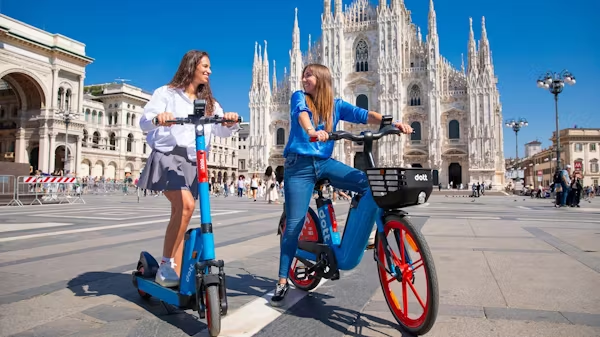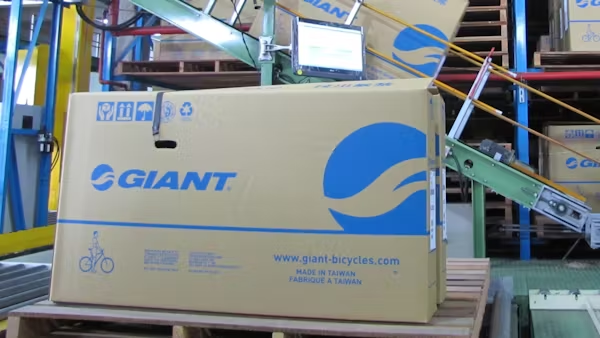Navigating the New Rules: Italy’s E-Scooter Regulations Impacting Micro Mobility
As urban cycling enthusiasts, we thrive on the freedom and versatility our two-wheeled companions offer. But with the rise of e-scooters on city streets, new regulations are emerging, particularly in Italy. The recent adjustments to the country’s micro mobility laws introduce stringent requirements that could reshape how we ride our scooters and bikes. So, what do the updated regulations mean for riders in Italy?
Understanding the New Highway Code Changes
Italy’s revised highway code has now made it mandatory for e-scooter riders to don helmets, possess a license plate, and carry insurance. While these regulations aim to enhance safety, they also pose a challenge to the already popular micro mobility solutions in the country. For many, the prospect of navigating bureaucratic hurdles may feel daunting, especially in a space often seen as an easy, quick commute option.
Countries across Europe, from Germany to France, have already pulled the brakes on unrestricted e-scooter use, sparking debates on safety and urban planning. Italy isn’t blazing a trail, but rather joining a continental conversation about responsible micro mobility. These changes could encourage safer riding behaviors, yet they also risk deterring new users who find these requirements cumbersome.
The Safety Aspect: A Double-Edged Sword
One significant aspect of the new regulations is the mandatory helmet law. As cyclists, we know that wearing a helmet can dramatically reduce the chances of serious injury. This requirement aims to encourage e-scooter users to prioritize safety on the bustling streets of cities like Milan and Rome. However, this could also result in fewer riders if they view helmets as an inconvenience.
Acquiring insurance and getting a license plate may feel excessive. Yet, considering the number of electric scooters now whizzing through our urban environments, it’s not surprising that municipalities are taking these steps to safeguard riders and pedestrians alike. Perhaps, instead of resisting these guidelines, we might see them as an opportunity to foster a culture of accountability among micro mobility users.
How This Affects Bike Enthusiasts
For cycling advocates, these measures may paint a mixed picture. On the one hand, stricter e-scooter regulations could redirect attention to bicycles as the greener, more sustainable method of urban commuting. On the other hand, bikes and e-scooters can co-exist harmoniously, sharing the roadways while emphasizing safe riding practices.
As riders, we can champion a more integrated cycling culture by embracing these regulations while promoting better infrastructure, like protected bike lanes. Riding your bike not only empowers personal health but contributes positively to city congestion.
Personal Insights
From my experience, keeping safety equipment handy, like a reliable helmet and insurance, is a must, whether you’re on a bicycle or an e-scooter. Feel empowered to share the roads, and advocate for balanced policies that benefit all urban commuters. Remember, every added measure that promotes safety can lead to more joyful rides for everyone.
Final Thoughts
While Italy’s new e-scooter regulations might feel like a hurdle, they serve a crucial purpose in promoting road safety. As both cyclists and e-scooter enthusiasts adapt to these changes, let’s seize the opportunity to advocate for better urban infrastructure. Embracing regulations can ultimately lead to safer, more enjoyable rides for all of us, whether we’re pedaling or gliding. Together, we can pave the way towards a more sustainable urban biking future.
Original article: Click here











